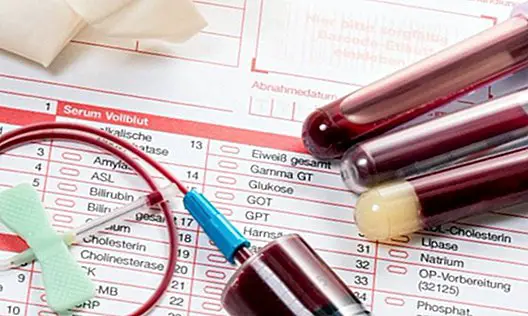The Robinson study method (EPL2R)
There is no doubt that the different study methods raised for years, and existing in short at the moment, they become especially useful resources, important and very great help for most students, thanks to the fact that they offer adequate study techniques to improve not only the study process, but also especially the results that are achieved later.
There are different study methods that students can use in their daily studies at this time. One of the most popular is the well-known Robinson method, commonly used in many American universities. In fact, it is one of the study methods recommended by Bernabé Tierno in his work The best study techniques. 
What is the Robinson method?
It is a method formulated in the year 1970 by the psychologist of learning Harry Maddox in his well-known work How to study. It consists of a total of five phases: Explore, Ask, Read, Recite and Review. Or, which is the same, EPL2R in its simplified version (and the most popular).
The five phases of the Robinson method
1. Explore
It consists in taking a quick look with the objective of placing ourselves in the context of the subject with which we must work, and which we must study. Exploring the contents of the text, broken down in a general way in the index, we can discover:
- What are the intentions of the author.
- What is the objective of the author when writing said book.
For example, the prologue of the author or the presentation of the publisher may be of interest in this point, since it helps us to discover a consideration on the subject that is developed.
2. Ask
When the student is doing the first reading, it is very important to write down the different and different questions that may occur on the subject, and that could, in fact, answer the text. That is to say, ask us questions about the text that we should study, and that in fact we are already working.

It is useful to adopt a critical attitude, but also dynamic regarding the author's message, entering into dialogue with the text, and putting it in relation to our previous knowledge and personal interests.
We can, for example, ask questions and complete both the titles and the subtitles with questions: What did my teacher tell us about this? What are my knowledge about what the book tells me?.
3. Read
It must be above all an active reading of the different contents that should be studied, and that we are working. It is recommended to make summaries, highlight the important elements, make schemes ... In short, not only read actively, but perform all those techniques that are useful to discriminate between the accessory and the important.
It is recommended to read as follows:
- Perform the reading with the maximum concentration.
- Read a complete topic.
- Reread the feet of photos, images and graphics.
- Pay special attention to the words and phrases that the text itself highlights (for example, those that are underlined, in italics or in bold).
- Decrease the reading speed in those paragraphs that you do not understand.
Then, always make a second reading of the text, underlining and highlighting the parts of the content that you consider to be most important, so that later it will be easier for you to make summaries. 
4. Recite
When you finish reading a chapter, reread the most important parts of the content that you have underlined and / or marked.
Once this is done, close the book and express aloud, in your own words, those central concepts that you remember. This is a very important phase, since it is the moment in which we tell ourselves the result of what we have read, which will be useful for us to fix in our memory the most important aspects.
In addition, the reciting phase is useful to maintain an active interest and attention on the contents.
5. Review
Essential and necessary, it is a fundamental phase that is not only recommended to do it hours before the exam, but also throughout the days of study through the so-called scheduled review. This article is published for informational purposes only. It can not and should not replace the consultation with a Psychologist. We advise you to consult your trusted Psychologist.



